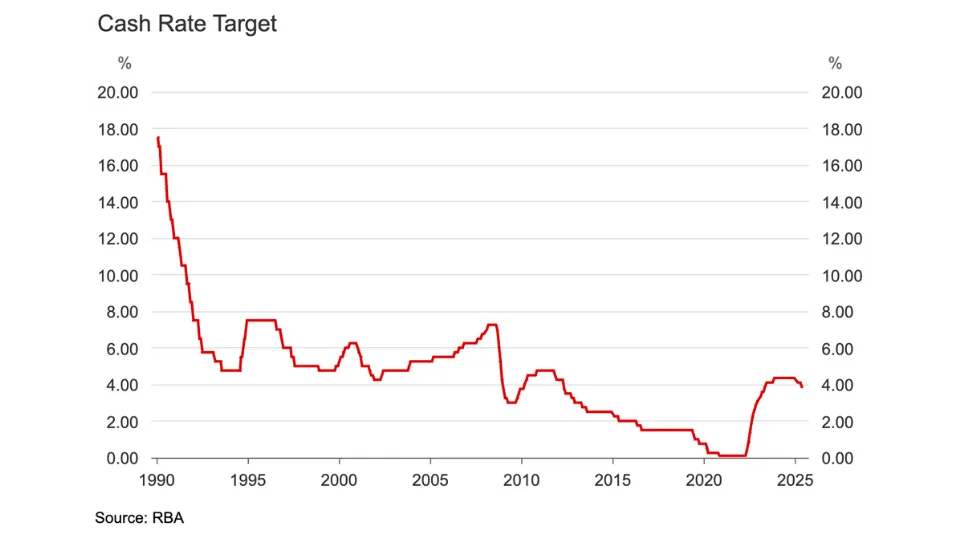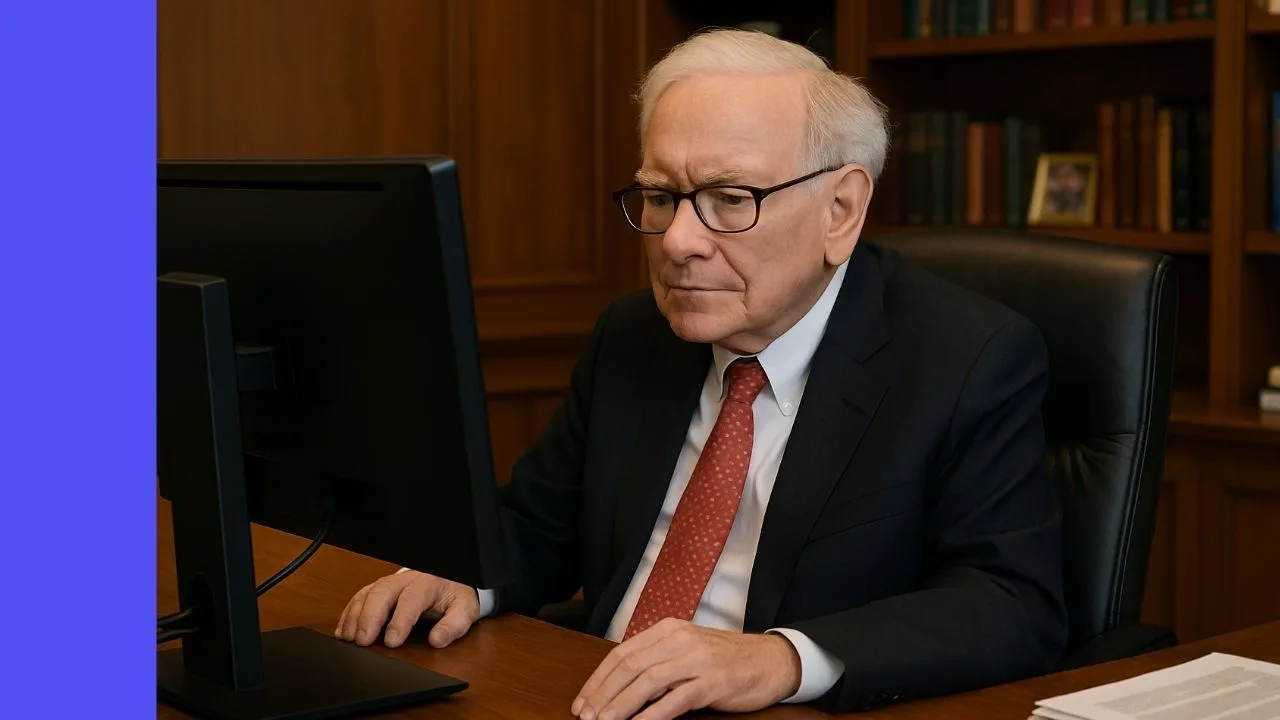On the Australian share market, Commonwealth Bank of Australia (ASX:CBA) shares are amongst the most traded, along with other bank shares like ANZ Banking Group (ASX:ANZ) and Macquarie Group Ltd (ASX:MQG). The CBA share price is currently trading around $89.04.
ASX financial shares make up around one-third of the Aussie stock market, measured by the market cap and the All Ordinaries Index.
Within the financial sector, ASX bank shares are far and away the most popular. We will step through the absolute basics of valuing a bank share like Commonwealth Bank of Australia. If you’re truly interested in understanding more about how to value a bank share, you should consider watching this tutorial from the analyst team at Rask Australia.
You can subscribe to the Rask Australia YouTube channel to receive the latest (and free) value investing videos by clicking here.
How to use PE ratios
The ‘PE’ ratio compares a company’s share price (P) to its most recent full-year earnings per share (E). Remember, ‘earnings’ is just another word for profit. That means, the PE ratio is simply comparing share price to the most recent yearly profit of the company. Some experts will try to tell you that ‘the lower PE ratio is better’ because it means the share price is ‘low’ relative to the profits produced by the company. However, sometimes shares are cheap for a reason!
Secondly, some extremely successful companies have gone for many years (a decade or more) and never reported an accounting profit — so the PE ratio wouldn’t have worked.
Therefore, we think it’s very important to dig deeper than just looking at the PE ratio and thinking to yourself ‘if it’s below 10x, I’ll buy it.’
One of the simple ratio models analysts use to value a bank share is to compare the PE ratio of the bank/share you’re looking at with its peer group or competitors and try to determine if the share is over-valued or under-valued relative to the average. From there, and using the principle of mean reversion, we can multiply the profits/earnings per share by the sector average (E x sector PE) to reflect what an average company would be worth. It’s like saying, ‘if all of the other stocks are priced at ‘X’, this one should be too’.
If we take the CBA share price today, together with the earnings (aka profits) per share data from its 2020 financial year, we can calculate the company’s PE ratio to be 24.2x. That compares to the banking sector average PE of 25x.
We can take the profits per share (EPS) ($3.68) and multiply it by the average valuation for CBA. This results in a ‘sector-adjusted’ share valuation of $91.63.
A simple guide to valuing CBA using dividends
Given that ASX bank shares like CBA tend to have a history of paying dividends — and they are relatively stable businesses like REITs or ETFs — we can use a modelling tool called a dividend discount model or DDM to do a valuation.
A DDM uses the dividends shareholders are ‘expected’ to receive to arrive at a valuation.
Let’s assume last year’s dividend payments are consistent over time. Please note that using dividends paid last year is not always a good input to a DDM since the future is what we care about (note: we’ve made adjustments below to handle this).
To make the DDM easy to understand, we will assume the dividend payment grows at a consistent rate into the future (i.e. forever) at a fixed yearly rate.
Next, we have to pick a ‘risk’ rate or expected return rate to discount the future dividend payments back into today’s dollars. The higher the ‘risk’ rate, the lower the share price valuation.
We’ve used an average rate for dividend growth and a risk rate between 6% and 11%.
This simple DDM valuation of CBA shares is $47.28. However, using an ‘adjusted’ dividend payment of $3.37 per share, the valuation goes to $60.41. The valuation compares to Commonwealth Bank of Australia’s share price of $89.04.
Where to from here
You could consider using these models as the starting point for your process for analysing and valuing a bank share like CBA. However, please remember that these are just tools used by analysts and in reality, a good analyst and investor will likely conduct 100+ hours of qualitative research before diving into their spreadsheet and starting their modelling.
For example, we spend a lot of our time looking at bank shares and writing about them, but if we were thinking about investing in a bank today we would want to get a handle on its growth strategy, economic indicators like unemployment, and then study house prices and consumer sentiment.










